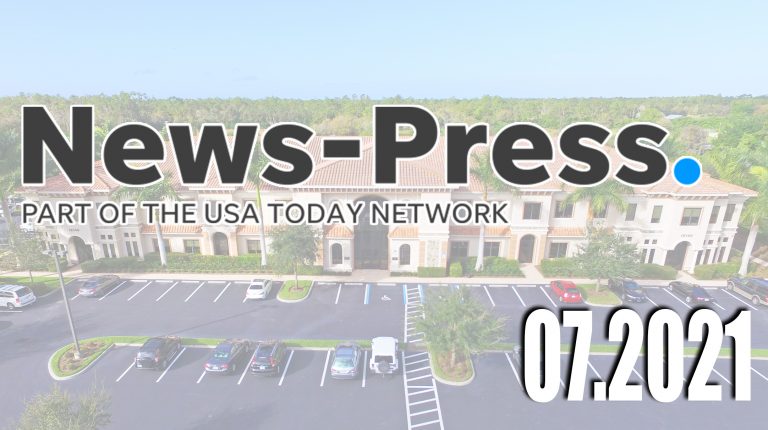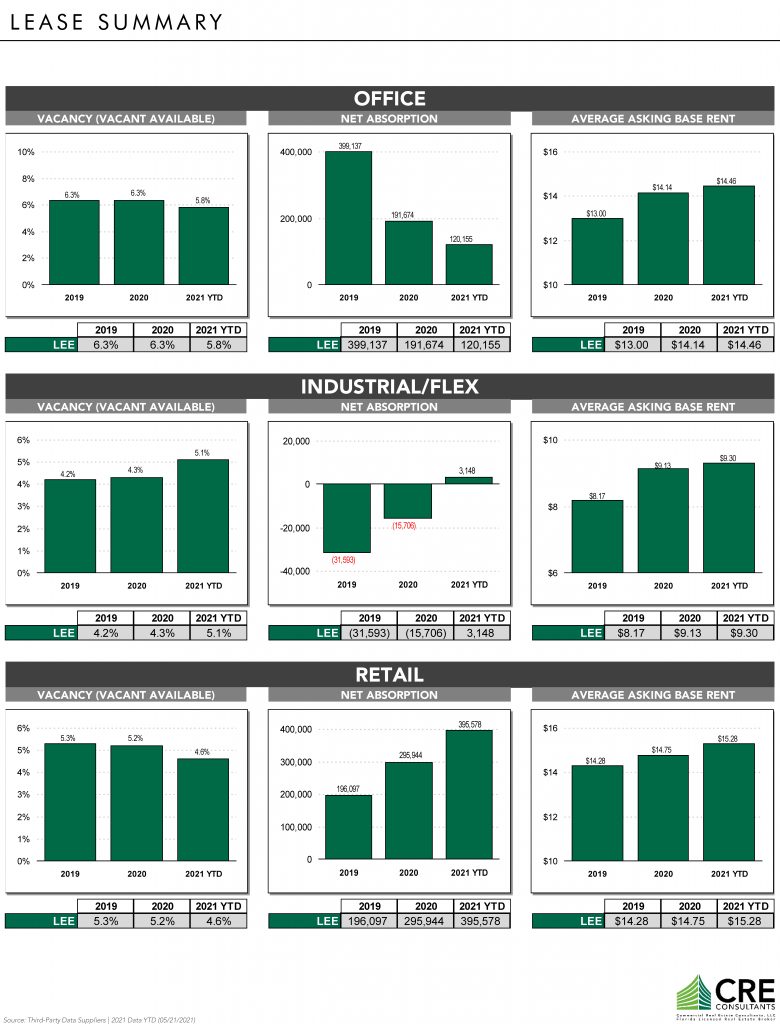
The forecast for commercial real estate in Lee County remains strong
Factors which kept Lee County’s CRE market strong during the pandemic, going forward.
By: Randy Mercer, for CRE Consultants
The storm of the pandemic has begun to subside across the nation, the sun is beginning to shine and users, owners and investors are peeking out to survey the commercial real estate landscape. They’re assessing the damage and beginning to consider the cleanup.
In Lee County, where locals know a thing or two about cleaning up after a disaster, it would appear that the worst passed over Southwest Florida. How did that happen and will the fair winds continue to push the Lee County commercial real estate market forward?
Appearances can be deceiving. While the magnitude may have varied and Lee County was certainly spared the brunt of the storm, no place on earth truly escaped the impacts of 2020. Instead, good fundamentals and strong momentum simply propelled the area to safe harbors sooner than others.
As the storm arrived and much of the nation was busy battening down the hatches, the Lee County commercial market was already running at full steam. Record activity in the Industrial sector going back five years and the office market continued to buck national trends and propel the industry.
The industrial market remains like the Roaring ’20s of a century ago. Supply is limited and prices have seemingly never been higher. New supply coming to the market is predominantly build-to-suit or leasing quickly, and demand is still increasing as population growth remains at a nation-leading pace. Distribution demands are skyrocketing with the continued expansion of e-commerce and last-mile logistics.
Per Ben Siegel, Executive Director of the Lee County Port Authority, “Freight at Southwest Florida International Airport is up nearly 18 percent for the first five months of 2021 compared to the same period last year. With the surge in online shopping and e-commerce, we expect air cargo to continue to grow at RSW
The office market continues to defy national trends with sustained levels of low vacancy and delinquency. While other parts of the country are just beginning to contemplate staff returning to work, much of Lee County’s office population never left their seats. The resilience of existing office users sets the stage for even greater success as companies continue to consider moving to the area for favorable tax rates, friendly state and local governments, and the Southwest Florida lifestyle.
The retail and hospitality sectors did suffer the worst pain and some locations remain dark. However, much of the availability is already being backfilled and the waves that were devastating to many areas were relatively mild in the area. The already low vacancy can only improve as tourism powers back to the market. As evidenced by RSW reporting a 2,000% increase in traffic for April 2021 compared to last year, the message that Florida is open and waiting has been sent and received, loud and clear.

However, Lee County knows full well that one should always keep a weather eye — even when the sun is shining. As for storm preparations, there are a number of clouds potentially forming on the horizon.
While federal legislation like a comprehensive infrastructure bill could be a boon to the industry, this and other initiatives, particularly if poorly planned and executed could easily fuel inflation and spur the Fed to act on interest rates. Higher interest rates are always a huge concern for the commercial real estate industry. Adding to that, substantial changes to tax law could significantly alter all investment decisions, particularly relating to CRE investments. Bigger government can be a problem for business.
Construction cost increases and material delays have tested the ingenuity of builders and developers, as well as the tolerance and resources of buyers. With prices rising and material shortages delaying projects, predicting timing and final cost is close to pure guesswork.
Residential and multifamily builders are also not immune from these forces and having heads in beds in sight helps promote commercial growth. To keep the population and economy growing, people need a place to sleep and ground to put down roots.
Fortunately, there is far more cause for optimism than concern. The fundamentals that positioned the area for success before the pandemic — such as population and job growth, healthy tourism, favorable tax rates, and knowledgeable and experienced industry professionals — remain in place.
Rather than allow national recovery to dictate the pace, local business and government leaders continue to push for greater success. RSW is a perfect example of such activity, from airlines adding capacity to the Skyplex development aimed at bringing new commercial and aviation businesses to the area.
Lee County residents’ resilience is integral to the Southwest Florida economy. After the past year, many are cherishing their freedom now more than ever; and perhaps with a renewed sense of faith in themselves. Whatever the reasons, it appears that the area has turned a corner and cautious optimism is justifiably very high.
The tide goes in and the tide goes out but Lee County is in a very good spot.